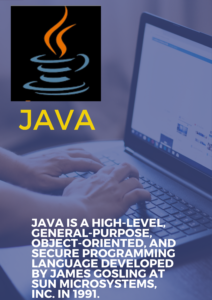
Introduction to C++

Introduction to C++
Introduction to C++:
C++ is a general-purpose programming language that was developed as an extension of the C programming language. It was created by Bjarne Stroustrup in 1983 and is widely used for developing operating systems, system software, embedded systems, games, and other high-performance applications.
C++ is an object-oriented programming language, which means that it allows for the creation of classes and objects that encapsulate data and behavior. It also supports a wide range of programming paradigms, including procedural programming, generic programming, and functional programming.
One of the main features of C++ is its support for low-level programming, including direct memory manipulation, bit manipulation, and pointer arithmetic. This makes it a powerful language for developing system software and embedded systems.
C++ is also known for its performance and efficiency, thanks to features like inline functions, template metaprogramming, and the ability to use both high-level and low-level programming techniques. However, this can come at the cost of increased complexity, as C++ can be a challenging language to learn and master.
Overall, C++ is a powerful and flexible language that is used in a wide range of applications and industries. Its support for multiple programming paradigms and low-level programming make it a popular choice for system software and other performance-critical applications.
- Category


